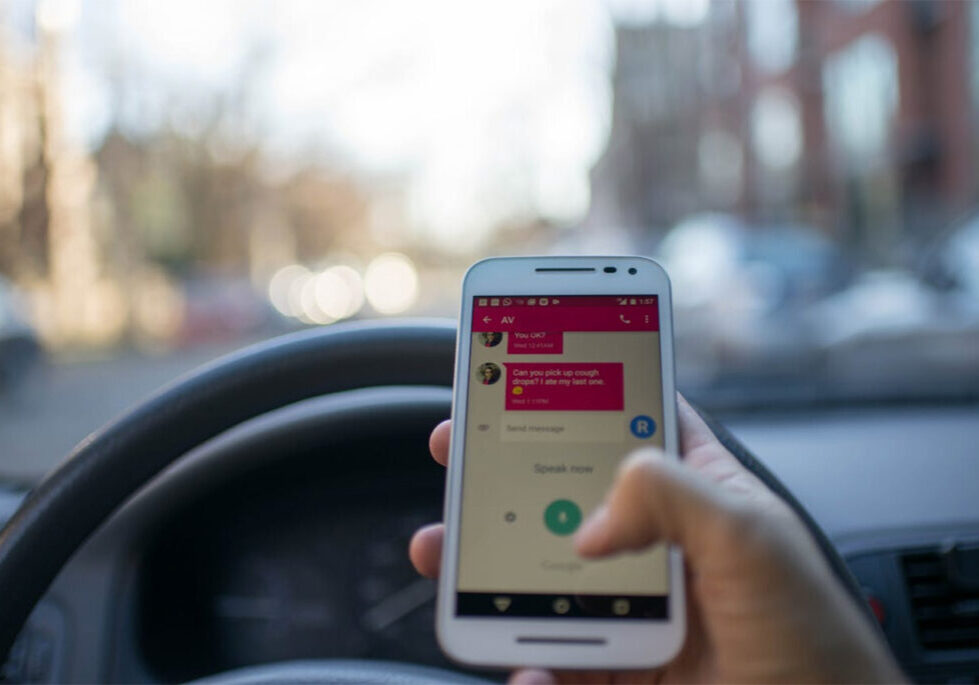Rain and snow can cause a variety of problems for drivers that are not present on a clear day, making roads slick and even flooded, and worsening visibility. All these factors make driving a car more difficult, and make it more challenging to predict the maneuvers of other drivers on the road.
But we can’t avoid rain and snow altogether. Many of us must drive during adverse weather. How safe is driving when it is raining or snowing?
Research has found that fatal traffic accidents are 34% more likely to occur during rain or snow.
A study from the North Carolina Institute for Climate Studies found that fatal traffic accidents are 34% more likely to occur during “active precipitation,” or when rain and snow are falling.
The northern parts of the Midwest and the upper Rocky Mountain regions were most susceptible to this spike in traffic fatalities. This is likely due to higher amounts of snow, as Utah and Colorado both rank in the top 12 snowiest states.
Heavier precipitation is more likely to cause a fatal accident. Intense storm events can decrease visibility and worsen road traction. Snow can accumulate on roads making the drive impossible. Rainwater can pool on roads causing floods and increasing the risk of hydroplaning. Surprisingly, even very light precipitation, the kind that does not cause floods, increases the likelihood of a fatal crash by 27% according to the study.
Fatal car crashes during precipitation events occur most often during the morning hours. The reasons for this are unclear. It may be because fewer cars are on the road in the afternoon and evening in some regions. Other possibilities include that conditions may tend to be worse during morning hours, or drivers may be tired and less attentive in the morning.
Driving conditions change with the seasons, but it may be unsurprising to learn that most fatal crashes during precipitation events occurred during the winter months, with risks highest during December and January.
Driving in the rain and snow can be dangerous, which is why you should drive with added caution.
If you must drive when it’s raining or snowing, what can you do to remain safe? It’s important to slow down and drive more cautiously than you would on a clear day. It’s also important to keep your car in good shape, as worn tires or failing brakes can make matters worse.
Here are some tips for driving safely during a storm:
Slow down. Slowing down is key. Rain, snow, and wet roads can cause your tires to lose traction. In addition, driving at slower speeds gives you more time to react. If, for example, a car in front of you stops suddenly, or there’s a hazard in the road, driving slowly will give you more time to react, and reduce the likelihood of losing traction..
Turn your wipers and headlights on. California law mandates that drivers must turn on their headlights if they turn on their windshield wipers. Turning your headlights on makes it possible for you to see the road ahead, and it also makes your car more visible to other drivers on the road. This rule is not only a law, it’s common sense!
Check tire pressure. Ensuring that your car tires are in good condition is important. You should make sure your tires are properly inflated. You can find your car’s recommended tire pressure in the owner’s manual, as well as on the tire placard which should be located on your car’s driver or passenger door edge, doorpost, glove box, or gas door. You can quickly check the tire pressure with a tire pressure gauge, and can add air to your tires at most gas stations.
Replace tires with low tread. Insufficient tire tread can be hazardous even in good driving conditions, let alone on wet roads. Replace your tires if they have less than 3/16” of tread. You can check tire tread with a tire tread gauge (or even with spare change). Talk to a car mechanic or tire expert if you are unsure of your tread depth. Avoid driving on tires low on tread. If your tread is low, you should wait until the bad weather stops, drive to a tire store or mechanic, and replace your tires.
Do not drive if your brakes are bad. Even in clear weather, it is unsafe to drive a car with bad brakes. Rainy, snowy weather and wet roads make it even harder to stop. If your brake pedal exhibits abnormal behavior, such as being difficult to press or falling all the way to the floor when pressed, or you can hear or feel that your brakes are not working properly, you should not drive. Wait until the weather passes and consult a mechanic.
These are just a few general tips on staying safe when driving during bad weather. Remember, you should always drive cautiously and follow the rules of the road, even when it is not raining or snowing.
The best way to avoid the risks involved with driving in rain and snow is to wait to drive until the storm passes.
If possible, do not drive during rain or snow events. This is the best way to avoid the risks involved. Of course, this is not always possible, as many of us must drive to work or other obligations during bad weather.
However, if you’re only going for coffee, or to the gym, or out to visit friends, the safest decision you can make is staying home until the weather passes! Staying home is the only choice that guarantees your safety.



